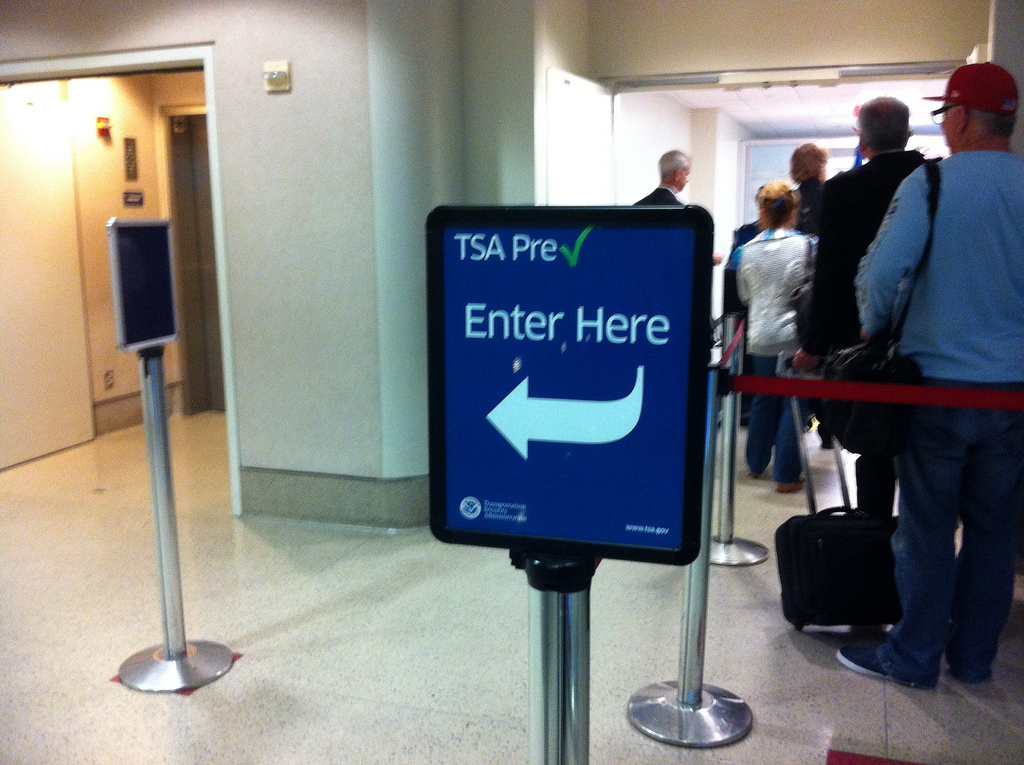Mom's Viral Post Is Changing How the TSA Works With People With Disabilities

By:
The Facebook video of a 13-year-old boy receiving a pat-down from Transportation Security Administration (TSA) agents has garnered media attention due to the in-depth and seemingly invasive nature of his search. However, his mom hopes that the wide-spread coverage of her child’s experience can help to change how airport security interacts with people with disabilities.
 Pixabay
Pixabay
Jennifer Williamson wrote in a Facebook update posted on Wednesday that not only did she receive an apology from the TSA, but she was also asked to join the agency’s Disabilities and Medical Condition Coalition.
“This will provide me with the opportunity to engage in regular dialogue to influence and inform TSA on minor modifications that may help certain passengers…who may be flying with challenges,” Williamson wrote.
On Sunday, Williamson posted a two-minute video of her son receiving a pat-down from a TSA agent after his bag containing a laptop set off a security alarm at the Dallas/Fort Worth International Airport. The clip, which has been viewed more than 7 million times, outraged parents across the country as many considered the security check overly aggressive.
But for Williamson, the interaction was even more upsetting because her child has Sensory Processing Disorder (SPD) and she was concerned about him being touched.
Sensory Processing Disorder is a common, but largely unknown, neurological disorder in which the brain has trouble responding to information the senses take in and there are many different subsets of SPD, and those affected may struggle to tolerate bright lights, loud noises, or being touched.
 Nicholas Salcido/Wikimedia Commons - wikimedia.org
Nicholas Salcido/Wikimedia Commons - wikimedia.org
“Kids who have sensory processing issues are not organizing and responding appropriately to the typical experiences of sensory messages coming into our bodies on a daily basis,” Dr. Sarah Schoen, the director of research at the STAR Institute for Sensory Processing Disorder, told ATTN:.
At least one in 20 people in the general population has SPD, according to the STAR Institute. Its prevalence is higher in children with Autism Spectrum Disorder and Attention Deficit Hyperactivity Disorder (ADHD). It’s considered a hidden disorder, with it being nearly impossible to tell that a person has SPD just from looking at them.
“In sensory over-responsivity, what’s characteristic of those particular children is that typical experiences are uncomfortable — even the hug from a loved one or the feeling of a particular type of clothing that they’re wearing on their body,” Schoen explained. That means a lengthy TSA security check can be problematic, and the grazing touch from an agent can really set off a child with SPD.
 Grant Wickes/Flickr - flickr.com
Grant Wickes/Flickr - flickr.com
“For children who have over-responsitivity, the lighter the touch is, the more it sets off their autonomic nervous system to that fight or flight response,” Schoen explained. “As the TSA has to do a moving touch along the child’s body, we find that a firm touch that doesn’t slide in that manner could be more easily tolerated by a child who has tactile over-responsitivity.” Schoen also stated that verbal explanations can help prepare the child and take away the element of surprise which can add to discomfort.
By working with the TSA, Williamson may be able to advise security agents on how to modify security procedures for those with SPD.
“I am proud to have initiated dialogue that will lead to further training of TSA agents which I hope will improve the experiences of ALL passengers flying in this country,” Williamson wrote on Facebook. "This is real proof that you have the power to BE the change."
